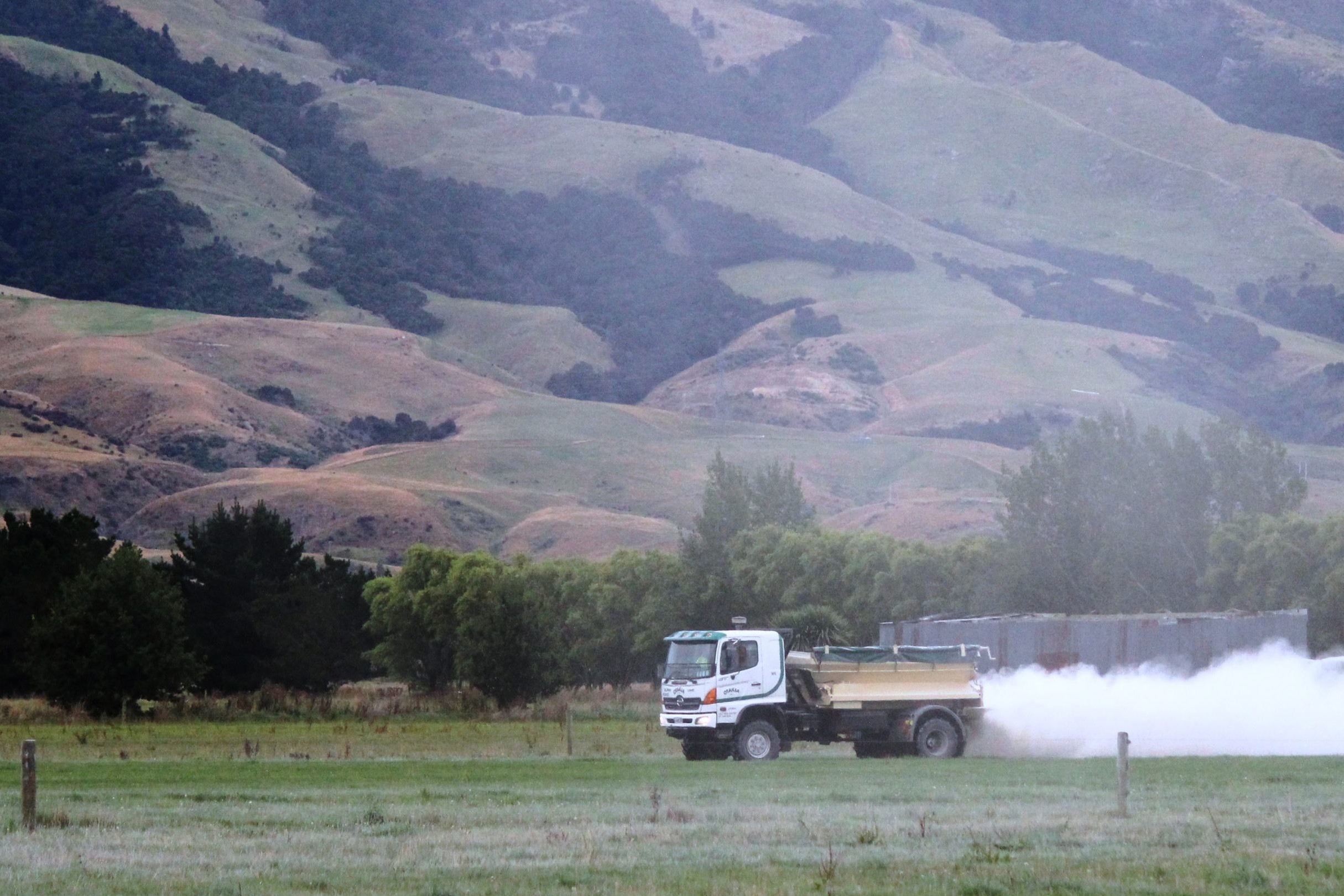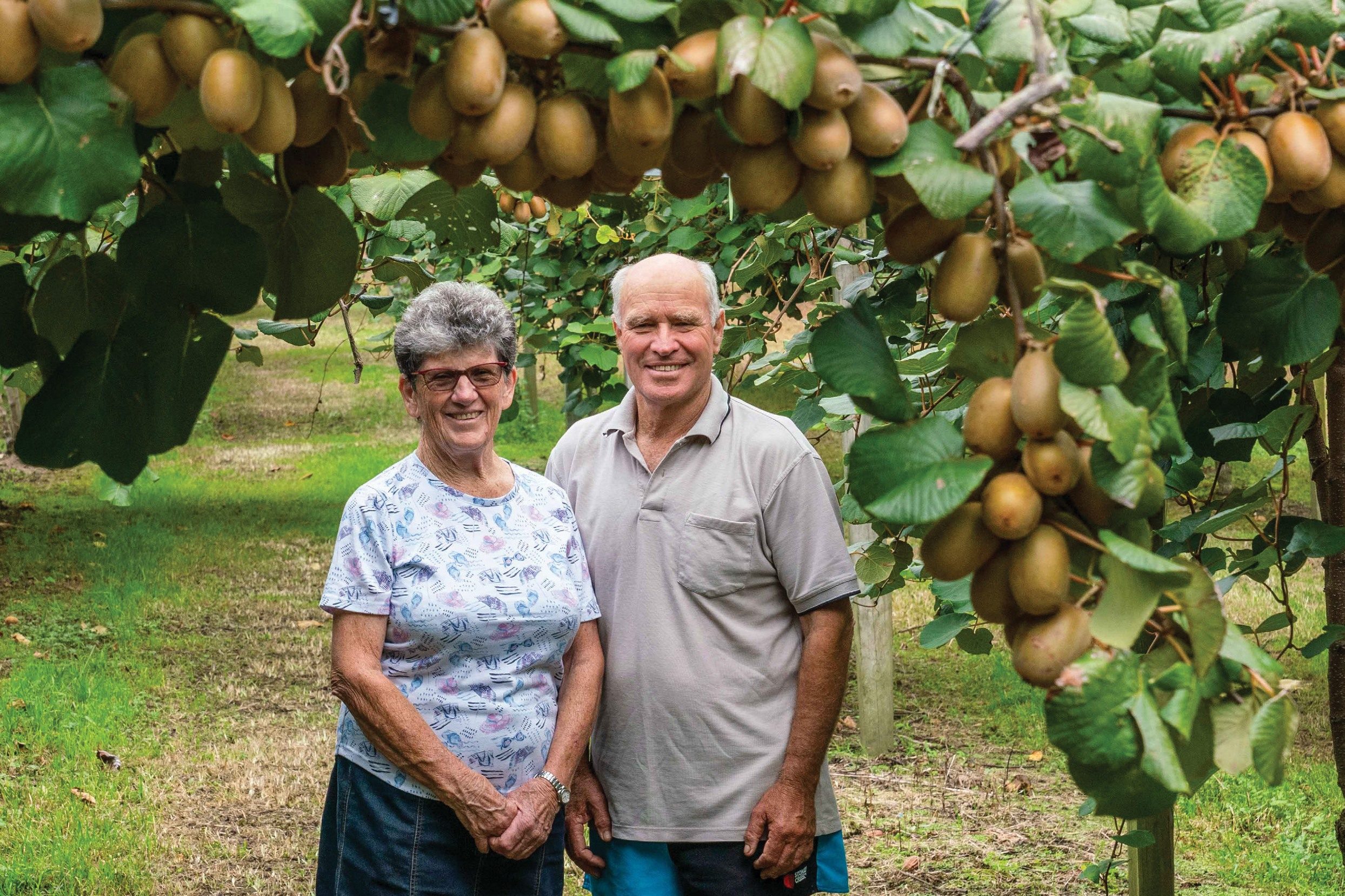Karen Trebilcock
With the possibility of no new dairy conversions and no further increase in stocking rates given new government proposals, the only option for farmers is to increase production per cow, dairy consultant Howard de Klerk says.
At the November New Zealand Association of Ruminant Nutritionists’ (NZARN) conference in Gore, de Klerk said the future of dairying was to feed cows better to produce more milksolids.
“Low drymatter intakes on pasture has been shown to be a major factor limiting milk production and if we cannot increase the number of cows being farmed in New Zealand in the future due to environmental regulations then the only way to keep going forward is to feed cows better,” de Klerk said.
“If we have reached peak milk, that is surely going to become a problem for Fonterra and every milk processor. A successful business cannot remain static. It has to grow in order to meet demand.
‘Supplements should only be fed to increase DMI and milk solids production per cow, not to carry more cows.’
“And the only way we are going to do that is by producing more milksolids per cow by feeding them more.
“Or we add value somehow, but that takes capital.”
Genetic gain was slowly increasing milksolids production potential year on year and higher production drove higher intakes.
“A cow can easily eat 4% of its body weight so for a 500kg cow that’s 20kg.
“But it struggles to eat 20kg of drymatter of grass. That’s been proven by science, because of bite size and the time it has to graze.
“Research has shown she can graze 3.4% of liveweight, typically around 18kg drymatter of grass at peak intakes and the other kilogram or two can be grain or another concentrate.
“A 550kg cow can eat 22kg of drymatter but typically will still only graze around 18kg DM, which means the extra 4kg needs to be an energy-dense supplement.”
Concentrates should never be used to increase stocking rate or carry more cows per hectare.
“In the 550kg example, each and every cow must first eat their 18kg grass and then be topped up with 4kg supplement to increase drymatter intake (DMI).
“If you have too many cows preventing each cow from grazing 18kg pasture/day and then use 6kg supplement to get to 22kg DMI, the 2kg that should have been pasture will be less profitable than less cows each getting 18kg pasture.
“Supplements should only be fed to increase DMI and milksolids production per cow, not to carry more cows.
“Using supplement to carry more cows is using supplement to substitute grass which is false economy as farm-grown feed is usually always the cheapest feed.”
De Klerk said feeding cows better was essential for producing more milksolids which diluted the usual fixed costs such as rates and interest but also diluted less flexible variable cow-associated costs like wintering, heifer replacement, breeding and labour on a per MS basis.
“Banks want farmers to be profitable and they are much more open now to funding supplements than in the past.
“A study of top financial performing farms undertaken by MPI during the last low payout showed just how effective supplements can be.
“Cost control is important but when production is driven down, the savings are often less than the loss of income and is a recipe for disaster.
“That is a case of saving themselves broke. Most of the clients referred to me by banks fall into this category.”
As long as the cost of producing the extra milksolid is less than the price of milk, it makes economic sense to produce it, even if the average FWE/kg MS increased.
“This is an economic principle called marginal analysis used world-wide in most industries.
“Farmers focusing on lowest average farm working expenses per milksolid were looking at the wrong metric.
“Profit is not necessarily maximised at lowest average FWE/kg MS – this is only true if the production remains the same.
“If extra inputs increase the average FWE/kg MS but raise the number of milksolids that can be sold, the increased production can more than offset the slight increase in costs – this is what marginal analysis is all about.
“It’s identifying the sweet spot where total profit is maximised. At the lowest average FWE/kg MS there is bound to be a lot of profit left on the table.
“As long as the cost to produce the next milksolid is less than the selling price, keep producing as it will add to the profit.
“Obviously, this is not a licence to print money, there is also the law of diminishing returns – simply the bang for your buck gets less as you push too far, so find the sweet spot.
“Feeding as much grass as the cow can graze and then topping up with concentrates to maximise DMI has been an excellent recipe for the past 34 years I have been involved in this industry.”
Some farmers reduce milking times or go once-a-day because of feed pinches on the shoulders of the season or in times of drought, flood or snow, de Klerk said.
“But that means less milk production. If instead they fed supplements to fill the short-term gap, they could keep production up and look after the lactation curve.
“When the pasture came right after the pinch the cows would still have a decent production and farmers could capitalise on again turning the cheap grass into milk.
“According to latest DairyNZ Economic Surveys, the debt per kilogram of milksolid, which in 2001 was only $8/MS has now reached more than $23/MS.
“It’s highest for lower-input farmers at more than $25/kg MS.
“In the past decade, higher input farmers have had 13% better return on assets and 38% better return on equity with lower debt per kg MS.
“Dairying is capital intensive and does not have huge returns on assets.
“Interest costs, despite the lowest interest rates ever, is now the biggest single cost item on a dairy farm and as it is a fixed cost – it doesn’t change with better production. But better production certainly helps dilute the interest on a per MS basis and improve overall profit.
“Diluting fixed and inflexible cow costs with profitable milk production is the solution. That’s simple maths.”





